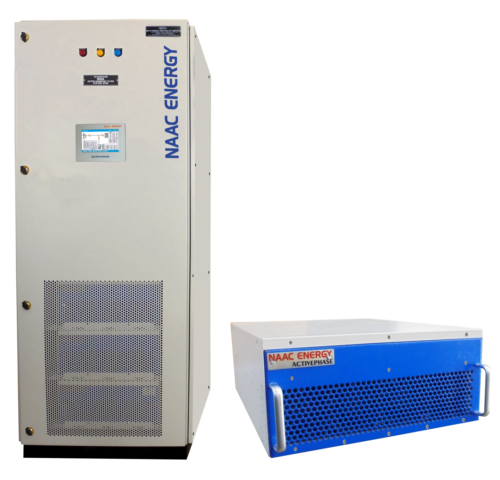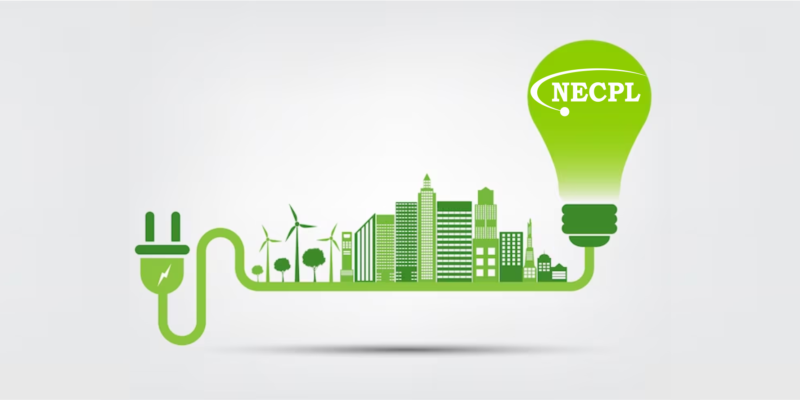What is Static Var Generator (SVG) ?
Static Var Generators are devices used in electrical power systems to control the flow of reactive power. Reactive power is necessary for the operation of inductive and capacitive loads but is not consumed by them. It creates voltage drops and increases line losses in power transmission systems. SVGs help regulate the reactive power flow, maintaining power system stability and improving power quality.
Static Var Generators are part of a broader category of power electronic devices called Flexible AC Transmission Systems (FACTS). FACTS devices are used to enhance the control and performance of AC power systems. Static Var Generators specifically focus on reactive power control and compensation.
The primary function of an Static Var Generators is to provide dynamic and fast-acting reactive power compensation. They achieve this by connecting in parallel with the power system and injecting or absorbing reactive power as needed. Static Var Generators can instantaneously control the voltage and power factor, stabilize voltage levels, and mitigate voltage flicker caused by fluctuating loads or faults.

The core component of an Static Var Generators is the voltage-source inverter (VSI). The VSI converts DC power into AC power and is controlled by a sophisticated control system. The control system constantly measures the power system parameters, such as voltage and current, and adjusts the SVG’s operation accordingly.
Advantages of Static Var Generator (SVG)
Static Var Generators offer several advantages over traditional methods of reactive power compensation, such as capacitor banks and reactors. Some of these advantages include:
Fast Response: Static Var Generators can respond rapidly to changes in the power system, making them suitable for compensating dynamic loads and disturbances.
Continuous Control: Static Var Generators provide continuous control over reactive power compensation, allowing for precise adjustment and improved power quality. When load is generating inductive or capacitive current, it makes the load current lagging or leading the voltage. SVG detects the phase angle difference and generates leading or lagging current in to the system, making the phase angle of current almost same as the voltage on the transformer side, this means fundamental power factor is near unity.
Voltage Stability: Static Var Generators help regulate voltage levels by injecting or absorbing reactive power, thus preventing voltage fluctuations, load imbalance and maintaining stable system operation. it provides instantaneous step-less reactive power compensation to solve the power quality problems caused by low power factor and harmonic currents produced by non-linear and highly dynamic fluctuating loads such as VFDs, cranes, welding machines, rolling mills, equipment in chemical industry, cement plants, sugar plants and textile units etc.
Harmonic Filtration: SVGs can be equipped with additional filters to mitigate harmonics and improve the overall power quality of the system. Hybrid systems comprising SVG and Thyristor switched filter bank feeders can be provided for a more cost effective solution for elimination of harmonic currents & voltages, power factor correction (lagging and leading), reduction of voltage variation (sags and swells), mitigate voltage fluctuation (flicker), and load balancing.
Compact Structure: Compared to traditional compensation methods, SVGs require less physical space, making them suitable for installations with space constraints.

SVGs find applications in a wide range of power systems, including industrial plants, renewable energy generation facilities, electric grids, and distribution networks. They play a vital role in maintaining system stability, optimizing power flow, and enhancing overall system performance.
Conclusion
In conclusion, Static Var Generators are advanced power electronic devices used for reactive power compensation and control. They provide fast response, continuous adjustment, and voltage stability, contributing to improved power quality and reliable system operation in electrical power systems.



